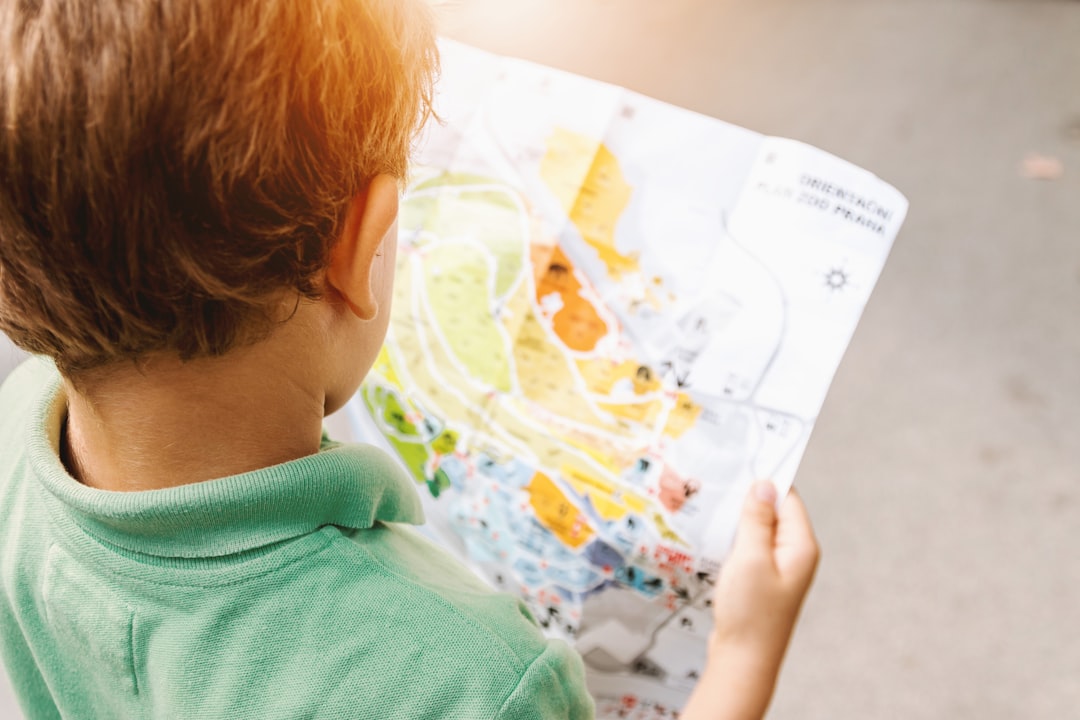Would an IEP help your child?
Many teachers are sick with Covid 19, an IEP may help relievers support your child.
Radio NZ has reported that teachers have claimed more than 183,000 sick days so far this year, nearly twice as many as at the same time in 2019 - the year before the pandemic.
To cover those teachers, schools have hired relief teachers for more than 171,000 days.
A recent Human Rights Commission inquiry reported that immune-compromised or disabled children, teachers and support staff have been put at risk and adversely affected by the lack of support in education settings, including children being unable to attend school.
Teachers and support staff are doing it tough. Parents in our Awhi group are struggling too, trying to keep their tamariki safe from Covid - but also trying to support their tamariki with big changes in the classroom.
There are lots of new faces and routines are really different. That can be super hard for our neurodivergent tamariki.
Relievers will have the best of intentions, but relief teaching is a hard job and can be a significant disruption for children who rely on routine.
We thought about what Awhi Ngā Mātua can do in this space to support our Awhi community and our teachers and relievers and support staff.
We thought a guide to creating an IEP for our kids would be helpful. You can read it here.

An IEP can quickly and succinctly provide information about your child to a relief teacher so they can incorporate any support needs into their classroom management for the day.
Wouldn’t it be great if a teacher when beginning their day could see exactly what your child needs to be supported in their learning? We figured it’s a great way to try to bridge that gap we’re seeing in schools.
Your SENCO may decided your child doesn’t need an “official” IEP - only around 3% of children have one. But it can still be a very important tool.
What is an IEP?
An IEP is a written document that sets out goals for your child and a plan for how they are going to achieve them. It does not have to be lengthy, and it does not have to be complex. Once an IEP has been created for a student, that IEP will travel through the education system with that student and develop as their needs change.
The MoE website is full of rather idealistic statements about “writing children into the curriculum instead of out of it,” but it does actually have a good summary of what is generally in an IEP:
who works with your child, their role and what they do
how your child's learning is supported at home by whānau
descriptions of particular strategies that support your child’s learning
any resources or special equipment needed
what success will look like for your child and their team.
Why might an IEP be useful?
IEPs can provide consistency and clarity, structure and support, for your child and for everyone involved in your child’s education. The creation of IEPs is a collaborative process, ideally empowering the student to achieve success.
They can be in whatever format works for the people they are being created for.
While they are not a medical or psychiatric document, IEPs can also be useful evidence of disability when applying for funding or other assistance; for example, a student cannot qualify for ORS funding unless they already have an IEP.
As IEPs are meant to be revisited and updated regularly, over time the IEP will create a story of your child’s education and their progress, and provide significant insight into your child’s strengths and weaknesses.
This is a great template - a powerpoint presentation - that you can create with your child to bring to school in term three.
But really - an IEP can and should cover anything YOU and your child think is important. What is their story? How do they best learn? What makes them happy? What makes life hard for them?
A quick Google will provide you with dozens of templates for IEPs and “learning stories”. Choose which one suits your child best.
Try to answer the question: What should a relief teacher or relief teacher aide need to know about your tamariki?
An IEP can also be used as an accountability tool. The plans need to be reviewed and updated regularly as your child achieves the goals that were set for them. If your child hasn’t achieved those goals, then either they weren’t the right goals in the first place and they need to be reviewed, or the support required to achieve them hasn’t been provided and you can find out why from the staff at the school.
Continue the IEP discussion and chat about this guide in the private Awhi Ngā Mātua online community. The Awhi community is just for parents of disabled, neurodivergent and medically fragile children. Join here.



